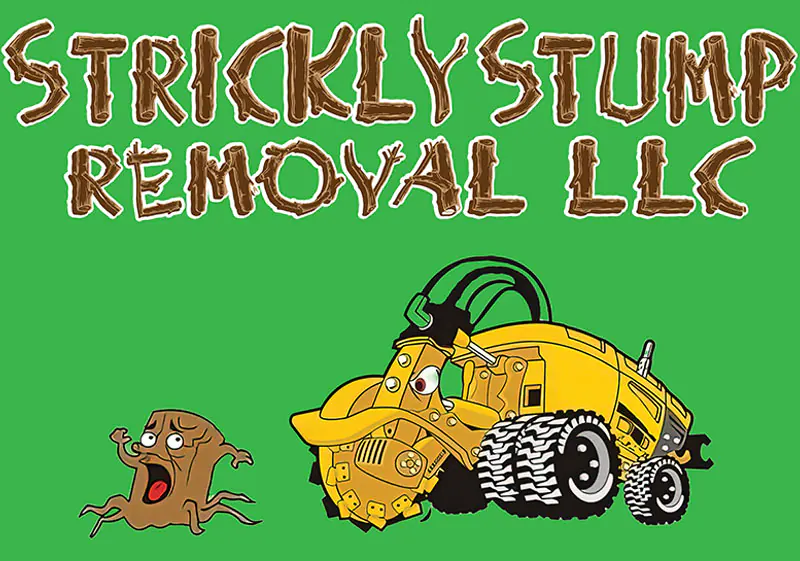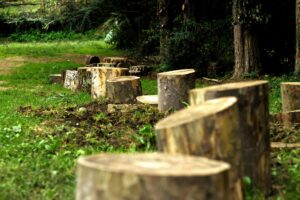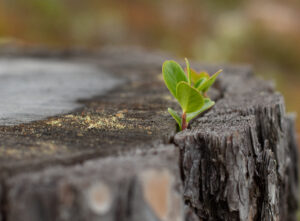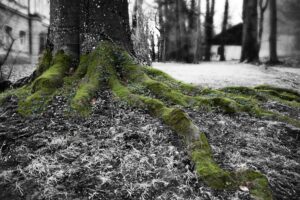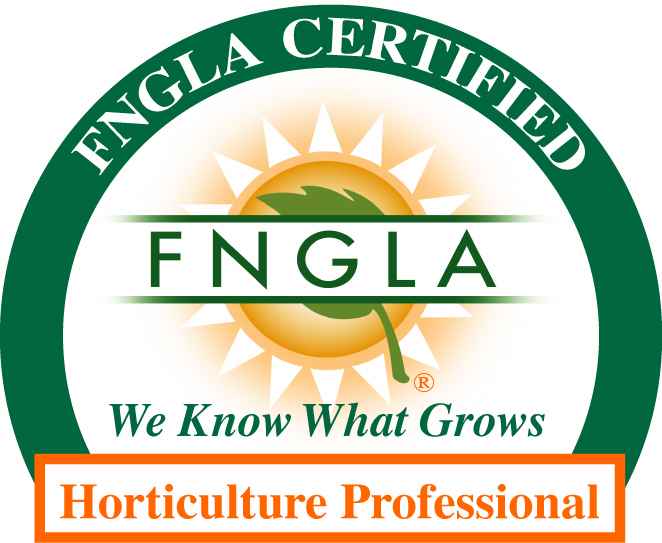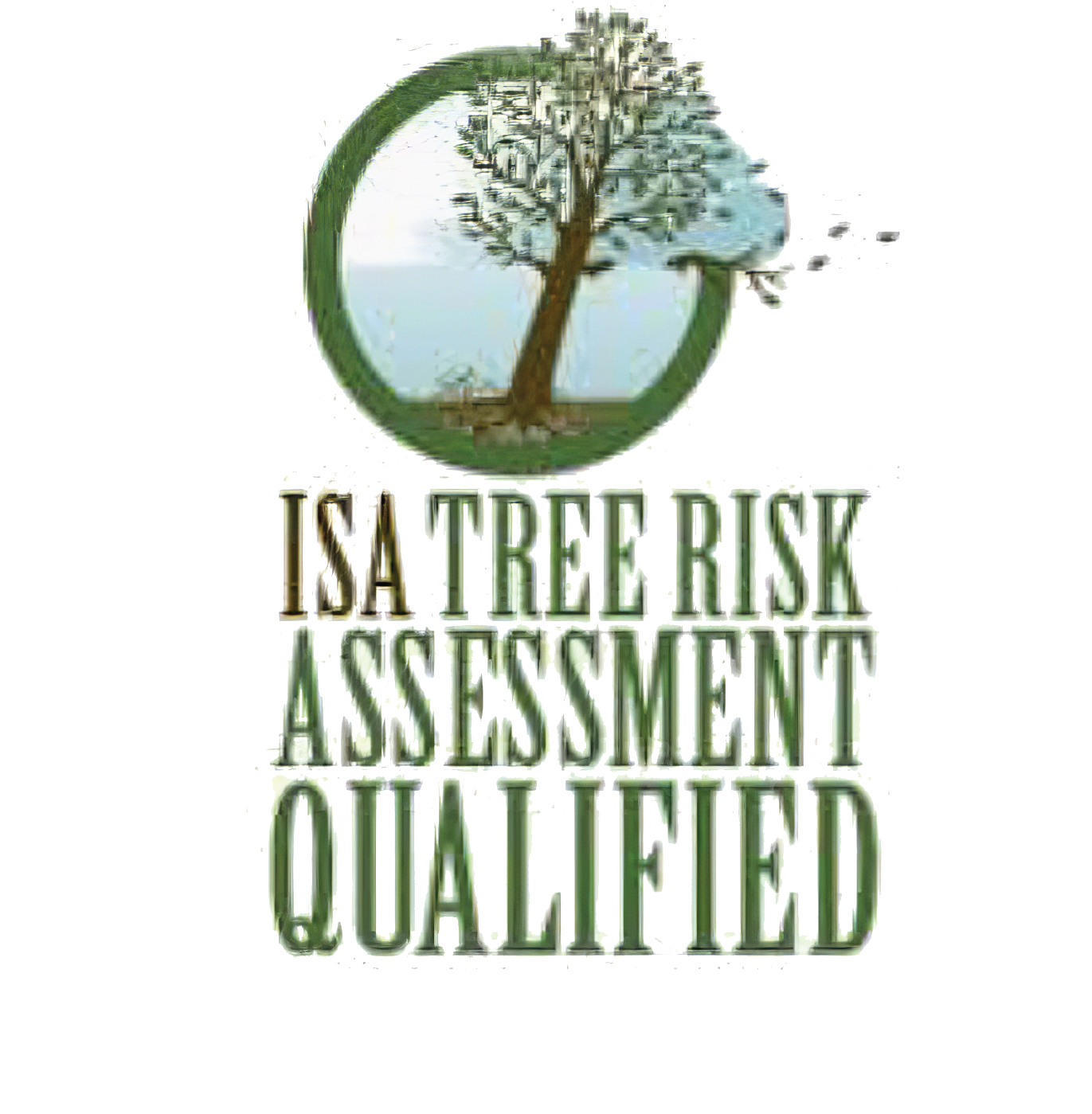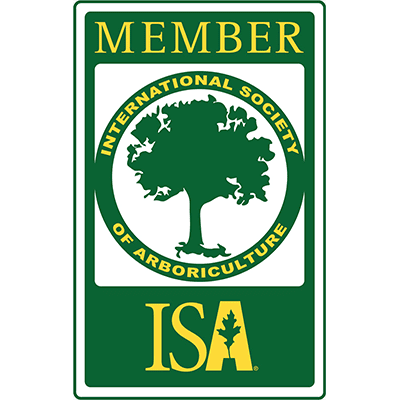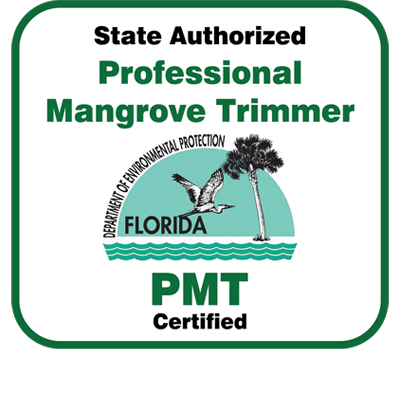Trees beautify your landscape, raise the worth of your home, provide shade from the hot summer heat, and enhance the quality of the air. Dead trees, however, should be taken right away because they can be unsightly. They bring in pests and infect neighboring plants with diseases. A deceased tree’s branches can suddenly start to fall, causing harm to people, pets, and property.
The simple step is to cut down the tree and have it removed from your property. Finding a South Florida tree service firm will help make the process of removing the dead tree relatively painless. Removing a tree stump can be challenging. Remove tree stumps to avoid safety risks, even if they seem harmless at first glance.
People grind tree stumps for many reasons, including the fact that it can reduce your property value, cause a safety hazard, attract unwanted pests, insects, and tree diseases, take up space and get in the way of gardening projects, and the tree’s roots may continue to grow and cause the tree to sprout new shoots from its base.
The process of turning a tree trunk into mulch is known as stump grinding. Stump grinders use rotating wheels with carbide tips to grind logs into fine mulch or sawdust residue, typically 4 to 6 inches below the surface but up to 36 inches if necessary. Compared to stump removal, which necessitates full excavation, this procedure is much more cost-effective. Stump grinding doesn’t remove the roots; it just removes the stump’s top layer. However, unlike stump removal, which entails completely excavating the remnant and its roots, stump grinding only removes some of the tree’s surface roots that are above ground.
If you are ready to hire a professional to grind down an unsightly tree stump from your property, you may have questions about the project. Listed below are common questions Stumps123 has encountered from customers regarding stump grinding in South Florida.
Stump Removal FAQs
AFTER GRINDING, WHAT HAPPENS TO THE WOOD FROM THE TREE STUMP?
Stump grinding produces a large amount of wood fragments. They’ll come in greater quantities than you anticipate, but you can use them locally as mulch or add them to your green refuse can. Due to the fact that you just ground out the entire volume of the filled-in stump, you will also have a cavity. You can level the hole with nearby ground by importing soil or shovel the wood chips into the hole to let them rot.
IS THE AREA WHERE A STUMP WAS GROUND OUT APPROPRIATE FOR BUILDING OR PAVING?
Your plans to build, add a patio, or pave over the tree stump are essential factors to take into account. Wood, an organic substance, will eventually decompose a tree stump. As a result, it cannot serve as a stable foundation for building and will eventually cause rigid materials like foundations and footings to move.
Even if you grind the stump, there may still be trunk and root material underground that can damage your building. In that case, ensure to remove all remaining stumps and roots, use native soil, and compact it to the necessary building level.
DO ANY CIRCUMSTANCES EXIST WHERE A STUMP CANNOT BE GROUND?
The majority of readily accessible trees can have their stumps ground out after removal. Stump removal is occasionally necessary for access or safety concerns. However, there are some circumstances where stump removal may be challenging or unattainable.
- Stump grinding may not be feasible for trees in inaccessible or challenging locations, where machinery cannot be brought in. Grinding may not remove a stump completely. A skid steer or excavator afterward is the only option for complete removal.
- Small planting openings with concrete or other hardscape materials around them may have left behind trees with stumps that can’t be removed without doing harm to the surrounding material, or the surrounding material may need to be removed first. This may be expensive or even unattainable. Grinding out a tree stump near other trees or priceless shrubs can harm the other plants and their root systems.
- Because there is a possibility of damaging footings, foundations, underground utilities, or pipes. It may be challenging to grind out stumps that are close to buildings or other structures. Before beginning to grind a stump, it is best to look for any hidden liabilities.
WHAT OTHER OPTIONS ARE THERE TO STUMP GRINDING TO TAKE A TREE STUMP OUT?
You might be able to get rid of a very tiny stump using hand tools. When a stump still has a few feet of the trunk attached, it provides a useful fulcrum to aid in loosening the trunk easily. To reveal the stump’s roots, you must first loosen the surrounding soil with a shovel or pick axe. The stub can be loosened using gravity and your body weight after the roots have been exposed. Cutting large roots with loppers or a pruning saw can aid in freeing the stem. Even though it’s physically demanding, it’s not unattainable.
Most likely, you’ve seen canisters of chemical stump remover at your local grocery or nursery. Potassium nitrate products accelerate wood decay. Drilling openings into your stump, filling them with stump killer, adding water, covering your stump, and waiting are all steps they specify. Although potassium nitrate is not poisonous, it can cause mild eye and skin irritation. You should keep kids and animals away from it as well as your stump.
Conclusion
If you have more questions regarding stump grinding or stump removal in South Florida, reach out to Stumps123 for help. We have professionals to give advise and quotes for stump grinding in your area.

